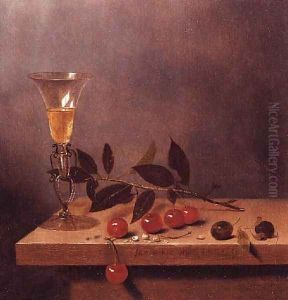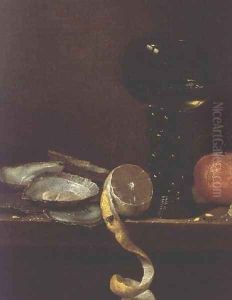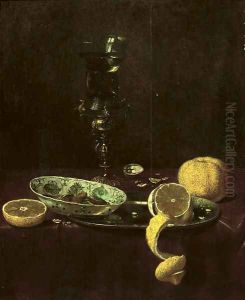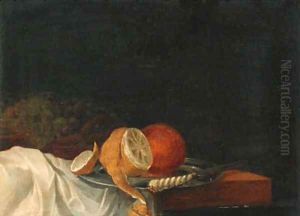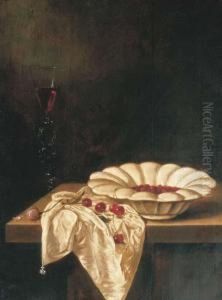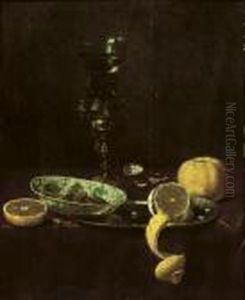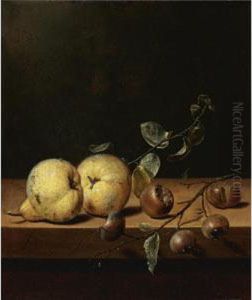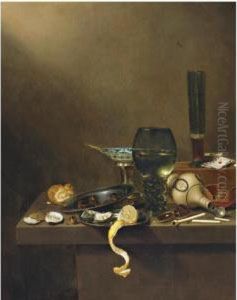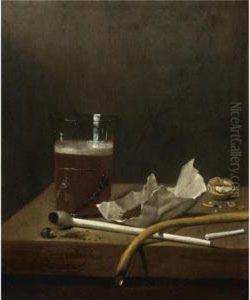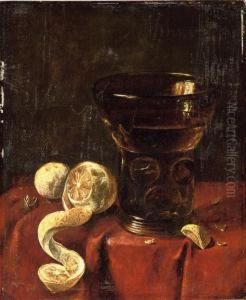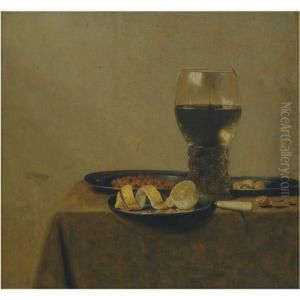Jan III van de Velde Paintings
Jan III van de Velde was a Dutch Golden Age artist known for his work as an engraver, draftsman, and painter. Born in Haarlem in 1620, he was part of a family with a strong artistic tradition. His father, Jan II van de Velde, was also an accomplished engraver and painter, and it is likely that Jan III received his initial training in art from his father.
Jan III van de Velde's work is characterized by its detailed depiction of landscapes, genre scenes, and various elements of daily life in 17th century Netherlands. He was particularly skilled in the art of etching, which was a relatively new printmaking technique at the time that allowed for greater detail and nuance in the reproduction of artworks.
Although not as widely known as some of his contemporaries, such as Rembrandt or Vermeer, van de Velde contributed significantly to the Dutch etching tradition. His works are exemplary of the Dutch Baroque style, which emphasized realism, attention to detail, and the effects of light and shadow. Van de Velde's etchings often feature complex compositions with a remarkable sense of space and depth.
Throughout his career, Jan III van de Velde produced a number of series of landscapes and genre scenes, which were distributed widely and influenced other artists. His works are held in several museum collections and continue to be studied for their technical mastery and their depiction of 17th century Dutch culture.
Jan III van de Velde passed away in 1663, leaving behind a body of work that, while not as extensive as that of some of his peers, showcases the skill and artistry of etching during the Dutch Golden Age.
